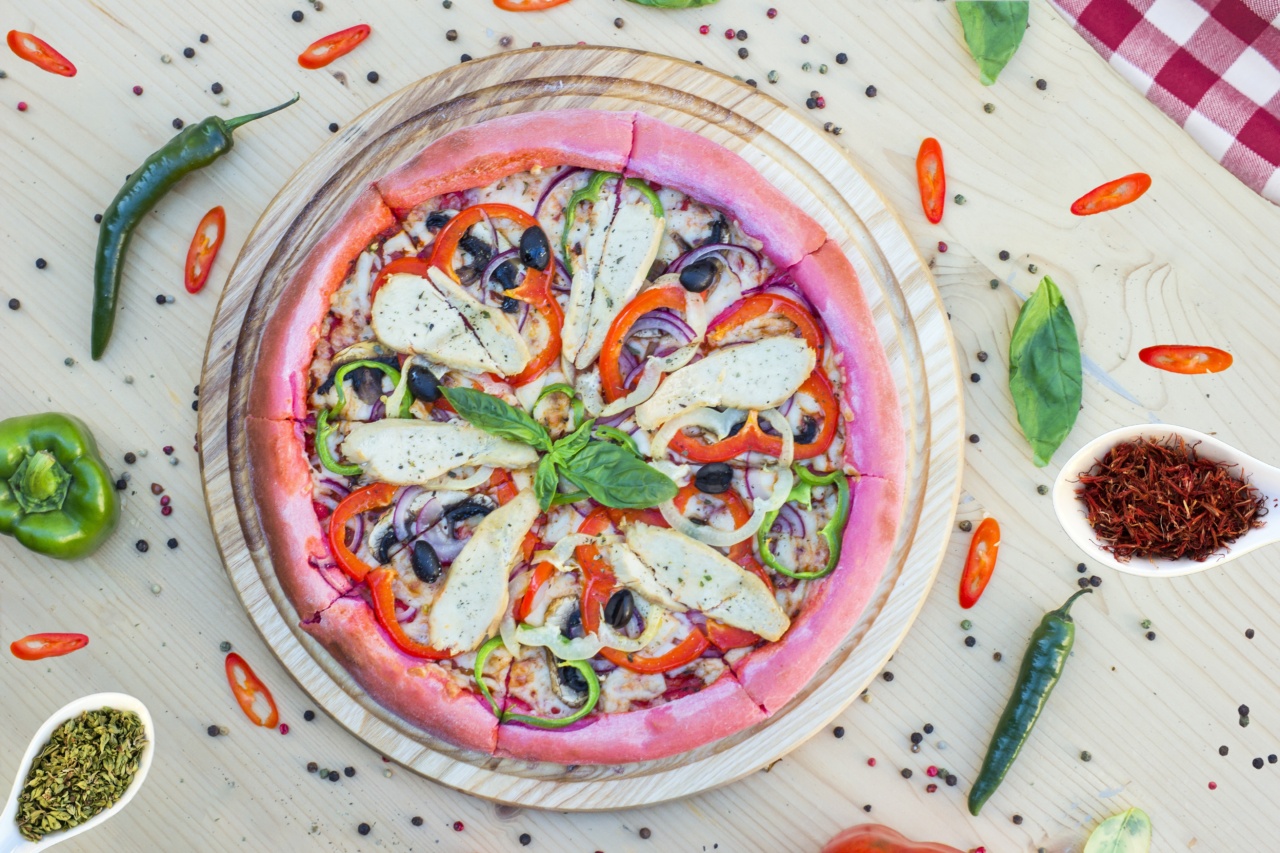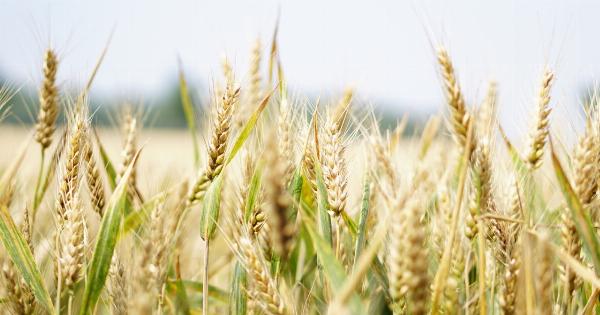Lighter than air bread is a unique type of bread that is known for its incredibly light and fluffy texture. It is a culinary marvel that has gained popularity among food enthusiasts for its ethereal quality.
This bread is often compared to a cloud, as it seems to defy gravity, making it a delightful treat for both the eyes and the taste buds.
How is Lighter than Air Bread Made?
The secret behind the extraordinary lightness of this bread lies in its preparation method. Lighter than air bread is typically made using a combination of traditional bread ingredients such as flour, yeast, water, and salt.
However, it also incorporates a special technique known as “aeration.”.
Aeration involves incorporating large quantities of air into the bread dough during the mixing process. This is achieved by beating the dough vigorously or using advanced culinary techniques that introduce air pockets into the dough.
The dough is then baked, which allows the air to expand further, resulting in an incredibly light and airy final product.
The Science Behind the Lightness
The science behind lighter than air bread lies in the behavior of yeast and gluten. Yeast is a microorganism that feeds on sugars and produces carbon dioxide gas as a byproduct.
When combined with flour and water, yeast ferments the sugars in the dough, releasing carbon dioxide bubbles, which cause the dough to rise.
Additionally, gluten, a protein found in wheat flour, provides the structure and elasticity to the bread. It traps and holds the carbon dioxide bubbles produced by the yeast, creating air pockets.
These air pockets expand when subjected to heat during baking, resulting in the light and fluffy texture of lighter than air bread.
The Heavenly Texture and Taste
Lighter than air bread has a distinctive texture that sets it apart from other types of bread. When you tear apart a fresh loaf, you will instantly notice its incredible lightness and delicate crumb.
The bread practically melts in your mouth, leaving behind a pleasant sensation.
In terms of taste, lighter than air bread offers a mild and subtle flavor that complements a variety of spreads and toppings. Its neutral taste makes it a versatile bread choice, as it pairs well with both savory and sweet accompaniments.
Whether you enjoy it plain or topped with your favorite ingredients, this bread is sure to leave a lasting impression on your taste buds.
Variations and Additional Ingredients
While the classic recipe for lighter than air bread calls for basic ingredients, there are numerous variations that allow for experimentation and customization.
Bakers often add ingredients such as herbs, spices, cheese, or even dried fruits to enhance the bread’s flavor profile.
For those looking for a healthier option, whole wheat or multigrain variations can be made to increase the nutritional value of the bread.
These variations still retain the lightness and airy texture while offering the added benefits of different grains and seeds.
Lighter than Air Bread in Culinary Explorations
Lighter than air bread has become a sensation in the culinary world, captivating chefs and food enthusiasts alike.
Its visually appealing appearance, unique texture, and lightness have made it a sought-after addition to gourmet menus and food exhibitions.
Paired with delicate soups, used in sandwiches, or simply enjoyed on its own, lighter than air bread elevates any dining experience to new heights.
Its whimsical nature and unforgettable taste have made it a favorite among food lovers who appreciate innovation and culinary artistry.
Conclusion
Lighter than air bread is an extraordinary creation that showcases the magic that can happen in the kitchen. With its unbelievably light and airy texture, it provides a memorable sensory experience for anyone fortunate enough to indulge in it.
Whether enjoyed as a standalone treat or incorporated into gourmet dishes, this ethereal bread is sure to delight each and every time.































